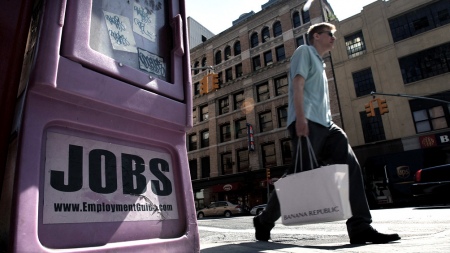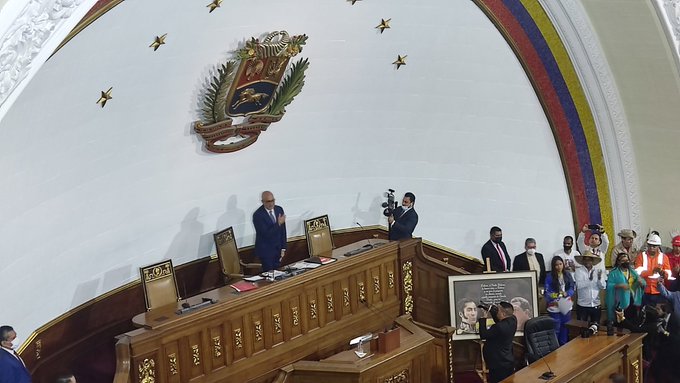The latest data on applications for unemployment benefits and private job creation in the United States published this Thursday, continue to show a solid labor market despite successive interest rate hikes by the Federal Reserve (FED) and the slowdown of the economy.
Applications for unemployment benefits in the United States registered a drop last weekas reported this Thursday by the Bureau of Labor Statistics of the Department of Labor.
In the week ending December 31, about 204,000 people applied for new unemployment benefits after being laid off, which meant a drop of 19,000 requests compared to the previous week and the lowest number since last September.
The figures remain close to the historical lows of 187,000 applicationsnumber that was registered in 1969 and last March.
For its part, official information indicates that the total number of ongoing subsidies fell by 24,000 to 1.69 million people in the week ending December 24.
Employment data in the private sector
Meanwhile, according to a private report from the ADP Research Institute, 235,000 jobs were created in December, especially in small and medium-sized companies with fewer than 400 employees, an increase from 182,000 in November.
The figure exceeded the expectations of economistsaccording to the Bloomberg agency, and was led by the leisure and lodging, education and health services, professional and business services, and construction sectors.
Large companies, on the other hand, cut 151,000 positions, the largest decline since April 2020.
All these repeats – to which the official December employment report will be added this Friday – suggest that the labor market in the United States is resisting the economic headwinds.
At the same time, the supply of jobs continues to far outpace demand, with nearly 10.46 million job openings, or 1.7 jobs for every available worker, according to the latest JOLTS index.
The unemployment rate, meanwhile, continues to be close to historical lows, standing at 3.7% according to the latest official data for November.
However, the question remains whether employment will be able to continue sustaining these good numbers throughout the year.

The FED is scheduled to meet between January 31 and February 1 pTo adjust the reference rate again, which is in a range of 4.25% to 4.5%, from almost zero in March 2022 and after seven increases last year.
After that, the market expects one more rate hike and then a flat period at that elevated level.
In order for the FED to start lowering rates, the evolution of inflation must be awaited, which, according to the view of the monetary entity, depends in part precisely on the demand for employment and the growth of wages.
In addition to the economic slowdown, layoffs are expected to continue in sectors such as finance and technology, which made massive hiring during the pandemic.
In the meantime, other sectors such as services –including leisure and restaurants- continue to register high levels of vacancies, which worries the Fed due to possible pressures on wages and inflation.
The deputy managing director of the International Monetary Fund (IMF), Gita Gopinath, recommended that the Fed continue to “stay the course” of its tightening monetary policy so that there is a “very defined and lasting decrease in inflation.”
“If you look at the indicators in the labor market and analyze the components of inflation, such as that of services, I think it is clear that we have not yet turned the corner in terms of inflation,” the economist said today in an interview with the Financial Times newspaper, and reproduced by the DPA news agency.
For the “number 2” of the IMF, the main concern is the resilience shown by the US labor market, which, he pointed out, makes it difficult for the FED to reach its inflation target of 2% per year.


















